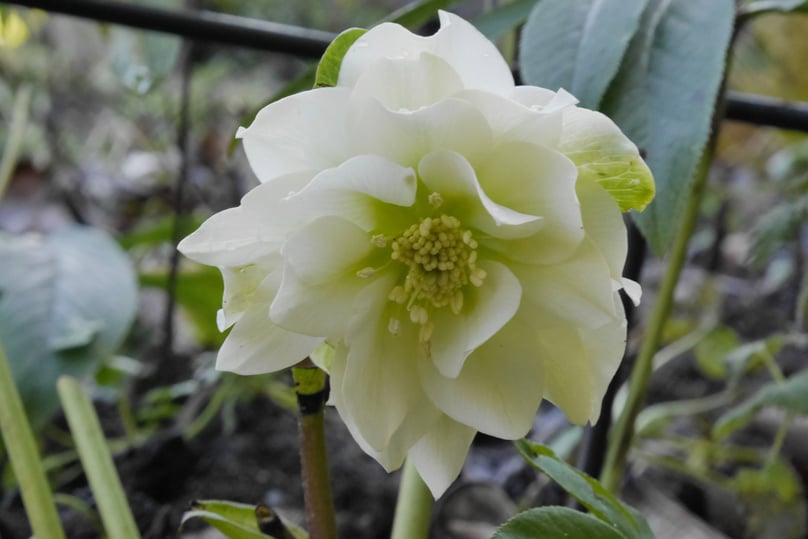In an English Country Garden - January 2025 Update
A tale of two rank amateurs attempting to work with Nature. In the bleak Mid-Winter....
ECO-GARDENING
1/25/20253 min read
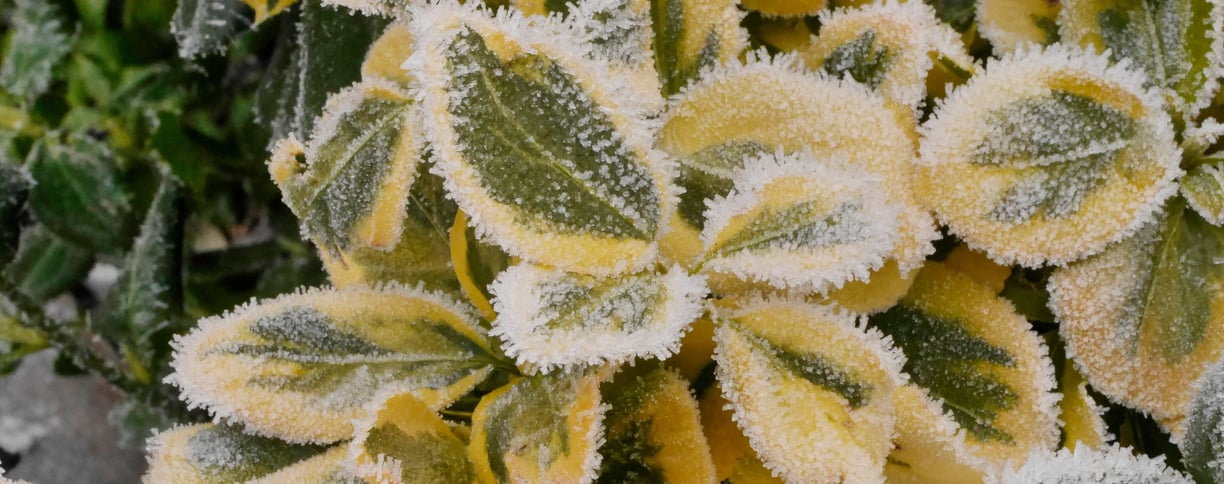

January is not usually a month for serious gardening and this January definitely wasn't. We've had rain, snow and sleet (to be fair not much), wind and cold - often very cold (at least for this part of the World). During the last 20 days (at time of writing) the average temperature has been 3C (37.4F) and we had a couple of nights when the temperature dropped below -7C (19F) - I have not got a full record for the month as the weather station had dropped off line, now fixed.
Having said that we have managed to do some gardening (mainly pruning and general tidying up) and have also started work on a new feature for the garden.
Excitingly we have had a couple new visitors to the back garden and I have also managed to get some decent pictures of regular visitors that I had failed to photograph in the past.
The new feature we are working on is a 'dead hedge'. This is basically a double line of stakes set parallel to each other then infilled with cuttings and prunings from the garden. They make a great shelter for invertebrates, small mammals and birds and as they rot down nutrients are returned to the garden soil. Even better it is made from material we had growing in the garden, even the stakes !
When filled it will be roughly 3.5m long, 1.5m tall and 0.5 metres deep.
The picture shows the start of construction... excuse the mess in the back ground, we are re-doing this part of the garden.
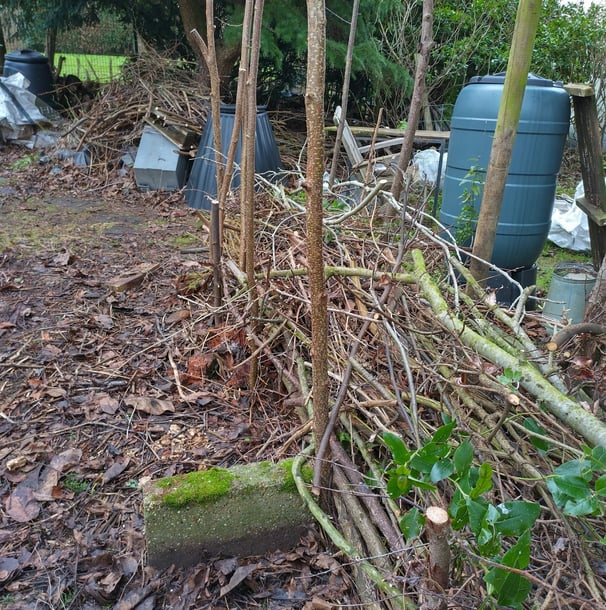

The first of the new visitors to our back garden was the Fieldfare (Turdus pilaris). This is a migratory bird which spends it's summers in Scandinavia. They normally spend their time in the fields and hedgerows of the countryside, but in bad weather they will venture into gardens in search of berries.
I've seen them quite often in our hedge at the front of the house (we have wild roses there which produce hips in the autumn) but never in our back garden. The rose hips had run out but we still had berries on the Guelder Rose (Viburnum opulus) in our back garden and that is what they were after.
Picture: Fieldfare (Turdus pilaris) and berries on a Guelder Rose (Viburnum opulus)
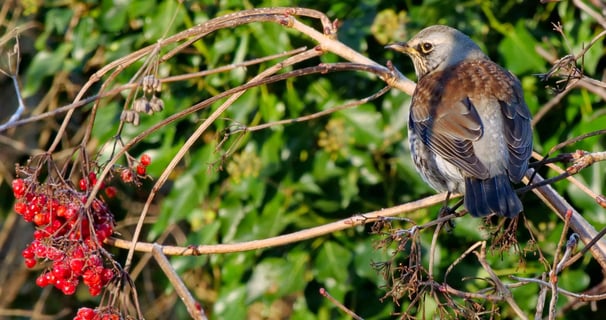

The next newcomer, a Weasel (Mustela nivalis) was a bit of a surprise... we knew that they were in the area and had even caught a very fleeting glimpse of them near the bottom of the garden.
This one was being rather bold and we spotted it just outside our patio doors and I was able to get a picture - even better it has since been back.
The weasel is the smallest British carnivore and specialises in hunting small rodents, although if they are not available they will go after small birds, eggs and even baby rabbits.
Picture: Weasel (Mustela nivalis)
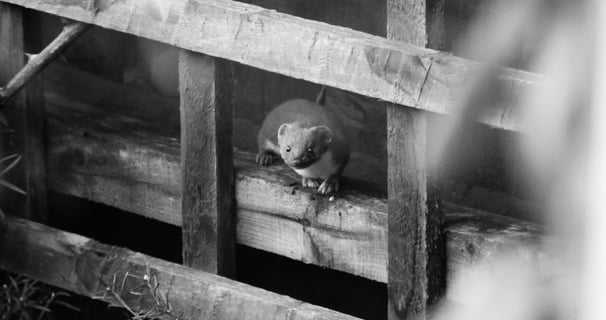

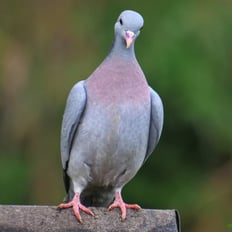

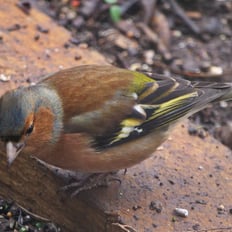
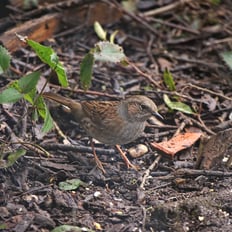
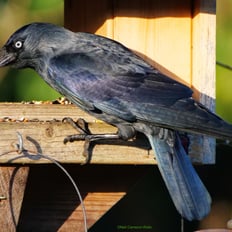
These are regular visitors that I had previously failed to record clearly (click on image to enlarge).
Left to right: Rock Dove - sometimes called a Rock Dove Feral Pigeon (Columba livia), Magpie (Pica pica), Chaffinch (Fringilla coelebs), Dunnock (Prunella modularis), Jackdaw (Coloeus monedula)
That's about it for this months update... we already have new growth starting to push up through the leaf litter so hopefully by the end of February we will see snowdrops and possibly crocus... Spring is coming !
One flower we do have at the moment is the Hellibore... quite a few of them :D
